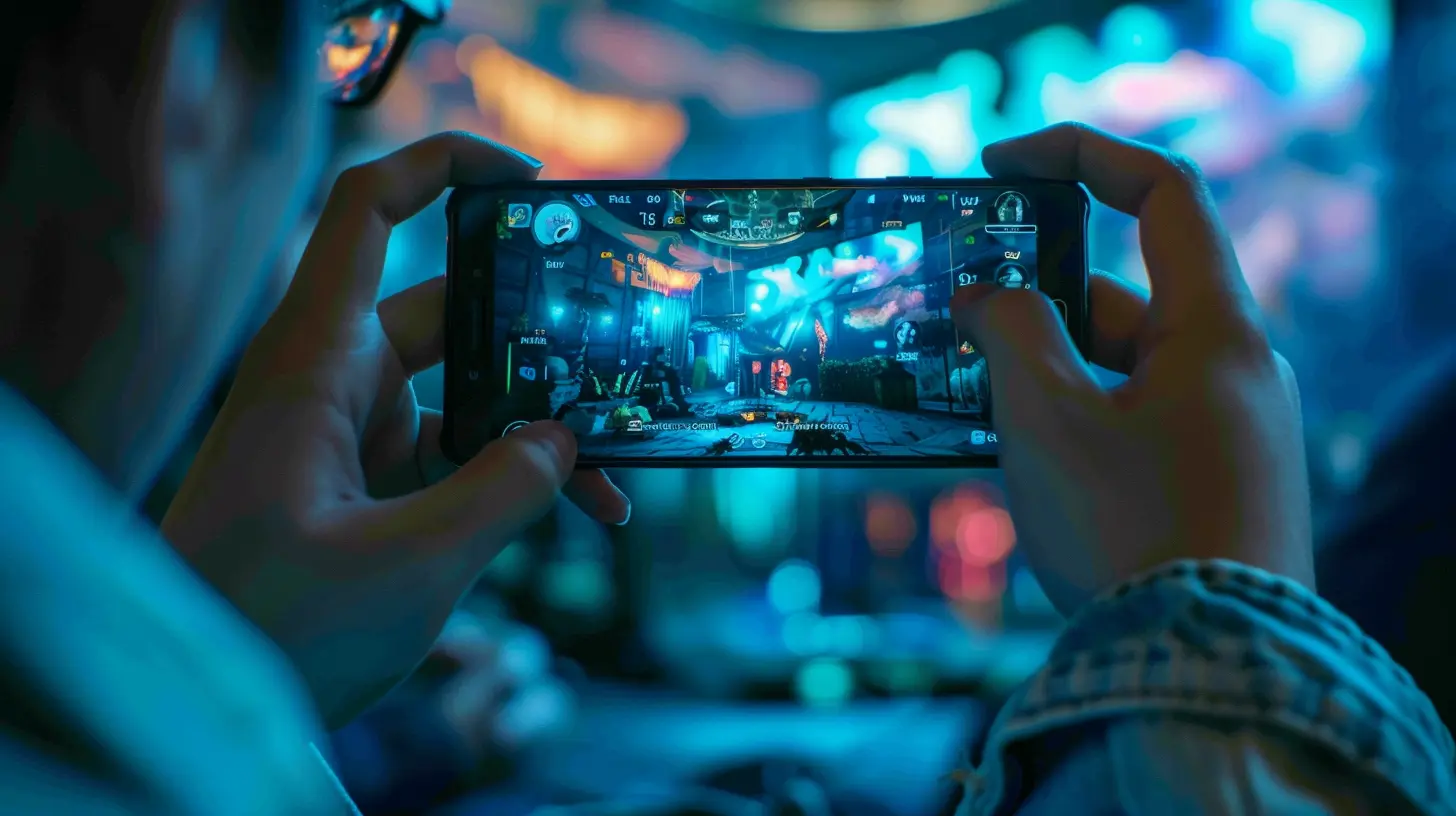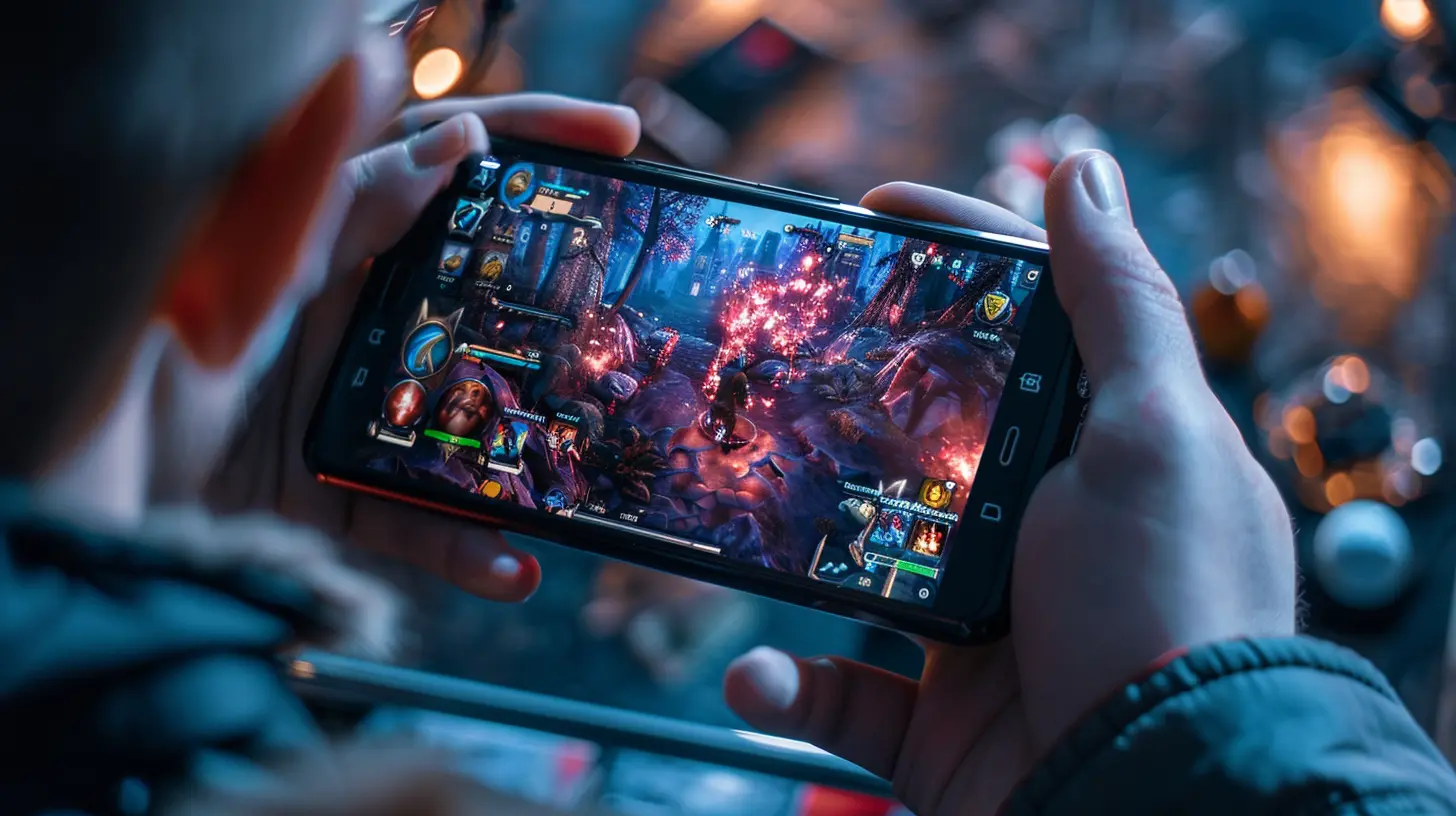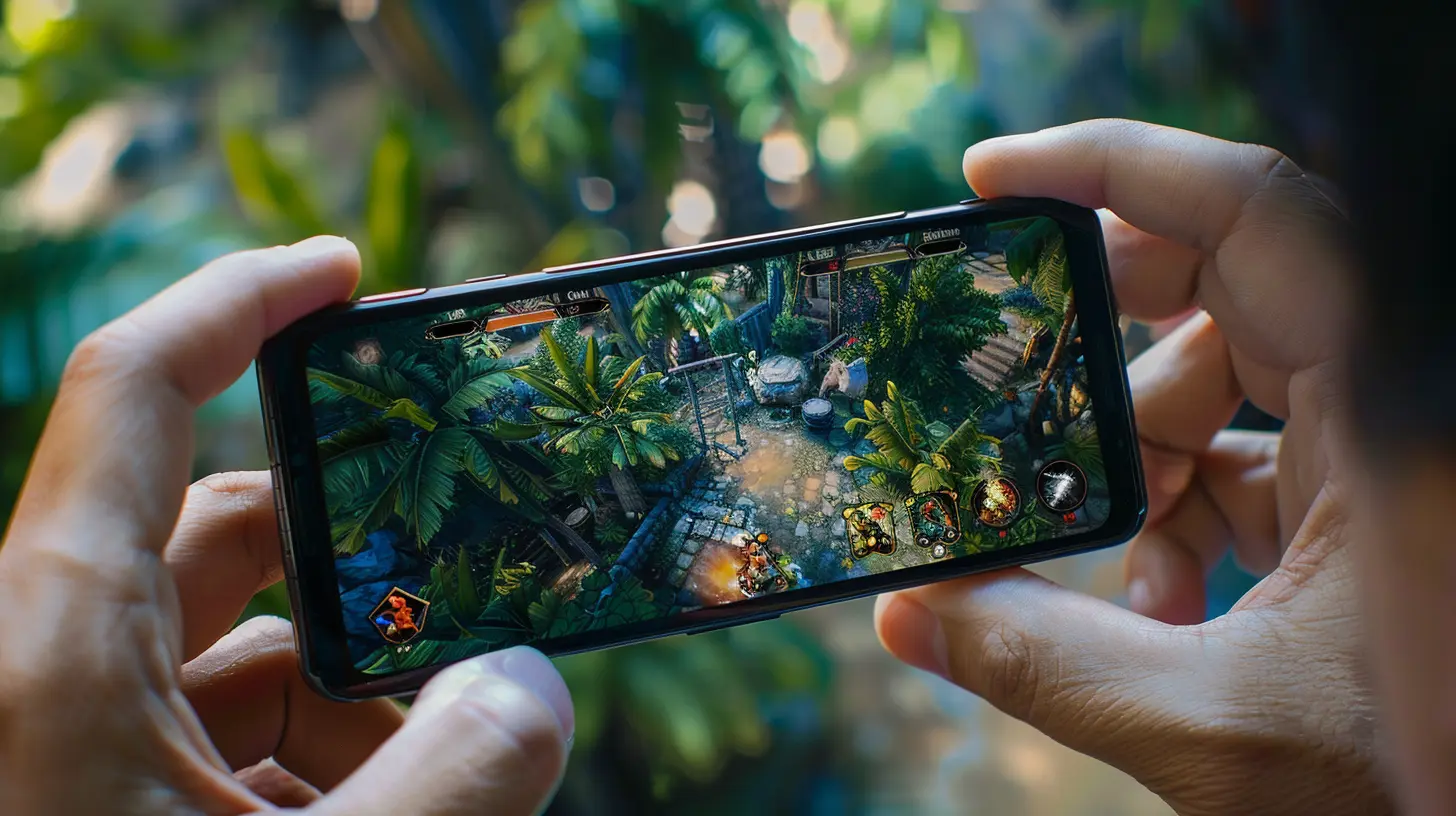Is Mobile Gaming the Future of VR?
26 July 2025
Virtual Reality (VR) has always felt like a glimpse into the future—like we’re stepping straight into a sci-fi movie. The idea of putting on a headset and being instantly transported to another world is simply magical. And yet, for all its wow factor, VR hasn't exactly taken over the mainstream… at least not yet.
But guess what? Mobile gaming might be the secret sauce VR needs to truly go big. Yup, the same device you’re probably reading this on—or have within arm’s reach 24/7—could be the game-changer for virtual reality.
Let’s talk about why mobile gaming could be the future of VR.

The Rise of Mobile Gaming: A Powerhouse in Our Pockets
Let’s set the stage. Over the past decade, mobile gaming has exploded. From casual puzzlers to full-blown RPGs, mobile games are everywhere. According to industry research, mobile gaming now makes up more than 50% of the global gaming market. That’s bigger than console and PC gaming combined.So why is mobile gaming so dominant?
- Accessibility: Everyone has a smartphone. You don’t need a $500 console or gaming PC.
- Affordability: Most mobile games are free or cost just a few dollars.
- Portability: You can play anytime, anywhere—on the train, in line for coffee, or tucked in bed.
Now, imagine combining that convenience with the immersive experience of VR. Sounds like a match made in digital heaven, right?

VR Tech: Cool but Clunky (For Now)
Let’s be honest—VR is awesome but kind of a pain. Setting up a high-end headset like the Oculus Rift or HTC Vive requires a powerful PC, tons of wires, and a decent amount of space. Not exactly plug-and-play.Even standalone VR headsets like the Meta Quest series, while easier to use, are still fairly bulky and not something you’d casually toss into your backpack.
That’s where mobile VR could flip the script.
Enter Mobile VR: Lightweight, Wireless, and Ready to Roll
Remember Google Cardboard? It was a low-cost, super-simple way to turn your phone into a VR headset. While basic, it showed the potential of mobile-powered virtual reality.Things have come a long way since then. Devices like the Samsung Gear VR and Oculus Go took things up a notch—but the dream is still evolving.
Now, the industry is pushing toward fully integrating mobile phones and lightweight headsets to create powerful, mobile-first VR experiences. It's like giving your smartphone a superpower.

Why Mobile Makes Sense for VR's Future
So why is mobile gaming the future of VR? Let’s break it down.1. Everyone Has a Smartphone
This one's a no-brainer. The global smartphone penetration rate is through the roof. That means a massive built-in user base is already out there, waiting to dip their toes into VR—without needing to buy a bulky headset or gaming PC.It’s like planting a seed in already fertile soil.
2. 5G and Cloud Gaming are Game Changers
One of the biggest challenges for VR is performance. High-quality VR requires fast data processing to minimize latency and motion sickness. That's where 5G and cloud gaming come in.Thanks to 5G, mobile internet is becoming blazingly fast. Combine that with cloud gaming services like Xbox Cloud Gaming or NVIDIA GeForce NOW, and suddenly your average smartphone can run graphically intense VR games by streaming them directly.
You're no longer limited by the processing power of the phone itself. That’s a huge deal.
3. AR + VR = Mixed Reality Magic
Mobile phones have already opened the door to Augmented Reality (AR)—think Snapchat filters or Pokémon GO. Now imagine layering that with VR. The line between physical and digital starts to blur in a really exciting way.Mixed reality experiences could become mainstream, thanks to mobile tech. Whether you're gaming, learning, or just exploring new worlds, mobile-based VR could offer a hybrid reality that fits into your daily life seamlessly.
4. Developers Are Catching On
As mobile hardware gets more powerful, developers are starting to take mobile VR more seriously. In the past, VR apps were mostly gimmicks or simple demos. Now, we’re starting to see full-featured games and apps designed specifically for mobile VR environments.It’s like moving from black-and-white TV to full-color 4K—the difference is stunning.

Challenges That Still Need Tackling
Of course, it’s not all sunshine and rainbows. There are still hurdles on the road to mobile VR dominance.1. Heat and Battery Life
Let’s face it—VR is demanding. Running a VR app on a smartphone generates heat and eats up battery like nobody’s business. Until we get more efficient chips and better cooling tech, this will be a bottleneck.2. Hardware Limitations
Smartphones aren't built solely for VR. They lack the dedicated sensors and tracking systems that high-end headsets use. While workarounds exist (like using your phone’s gyro and camera), they’re not perfect.3. Content Quality
The VR content available on mobile right now is hit or miss. While there are some shining examples, much of it still feels underdeveloped or overly simplistic. That said, this is slowly changing as developers invest more in the platform.4. User Comfort
Staring into a screen strapped to your face for long periods can be… uncomfortable. Lightweight, ergonomic headsets designed for mobile use are still evolving, and getting the form factor just right will be essential for widespread adoption.Big Brands Are Paying Attention
You know you're onto something big when the tech giants start making moves. Apple, Google, Meta, Samsung—every major player is investing heavily in mobile-compatible VR and AR technologies.Apple’s Vision Pro (though not exactly mobile-focused) points to a future where compact, stylish devices offer immersive experiences on the go. Meta is doubling down on portable headsets. Even gaming giants like Nintendo and Sony are exploring hybrid models that combine mobile functionality with immersive design.
That’s not just a trend—it’s a roadmap.
Use Cases Beyond Gaming
While gaming is probably the most exciting use case, mobile VR has far-reaching potential:- Education: Imagine learning history by walking through ancient Rome.
- Healthcare: VR therapy sessions or remote surgeries, all conveniently via mobile.
- Social Media: VR chat rooms and hangouts powered by nothing more than your phone.
- Shopping: Try on clothes or explore a virtual store before you buy.
And the best part? You don’t need to be tethered to a chair or plugged into a massive PC to experience any of it.
Is Mobile Gaming the Future of VR? Let's Wrap This Up
If you’ve stuck with me this far (cheers to you!), then you probably see where this is heading. No, mobile gaming hasn’t fully taken over VR. Not yet. But it’s paving the road—and doing it fast.With improved hardware, smarter software, and the unstoppable spread of smartphones, mobile gaming is uniquely positioned to take VR from niche novelty to everyday tech.
So, is mobile gaming the future of VR?
I’d say it’s not just the future; it might be the key to VR’s future. By lowering the barriers and making immersive experiences more accessible and portable, mobile gaming could unlock a new era of virtual worlds right in our pockets.
And that’s an adventure we should all be ready for.
all images in this post were generated using AI tools
Category:
Mobile GamesAuthor:

Francesca West
Discussion
rate this article
1 comments
Fenris Thompson
Exciting potential, but challenges remain.
August 8, 2025 at 2:56 AM

Francesca West
Thank you! Indeed, while the potential for mobile gaming in VR is promising, addressing the challenges will be key to unlocking that future.

